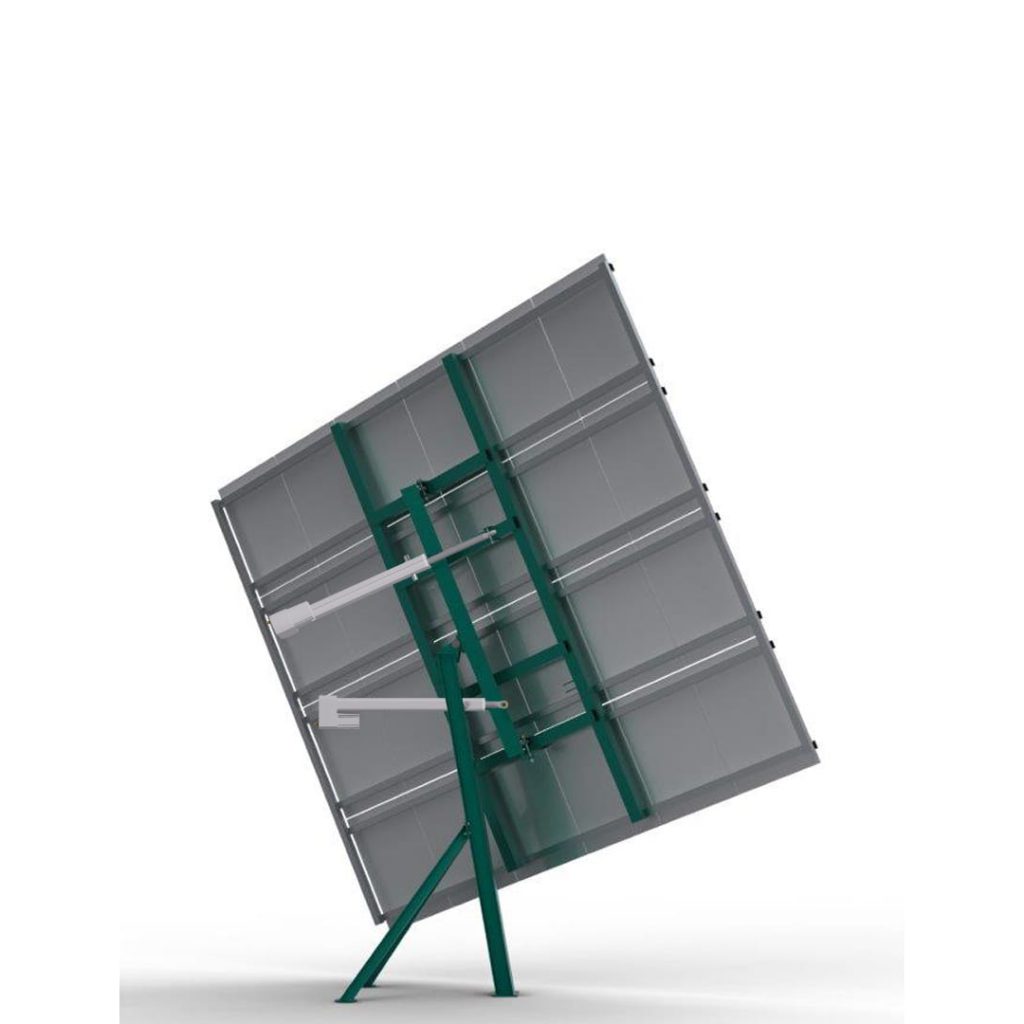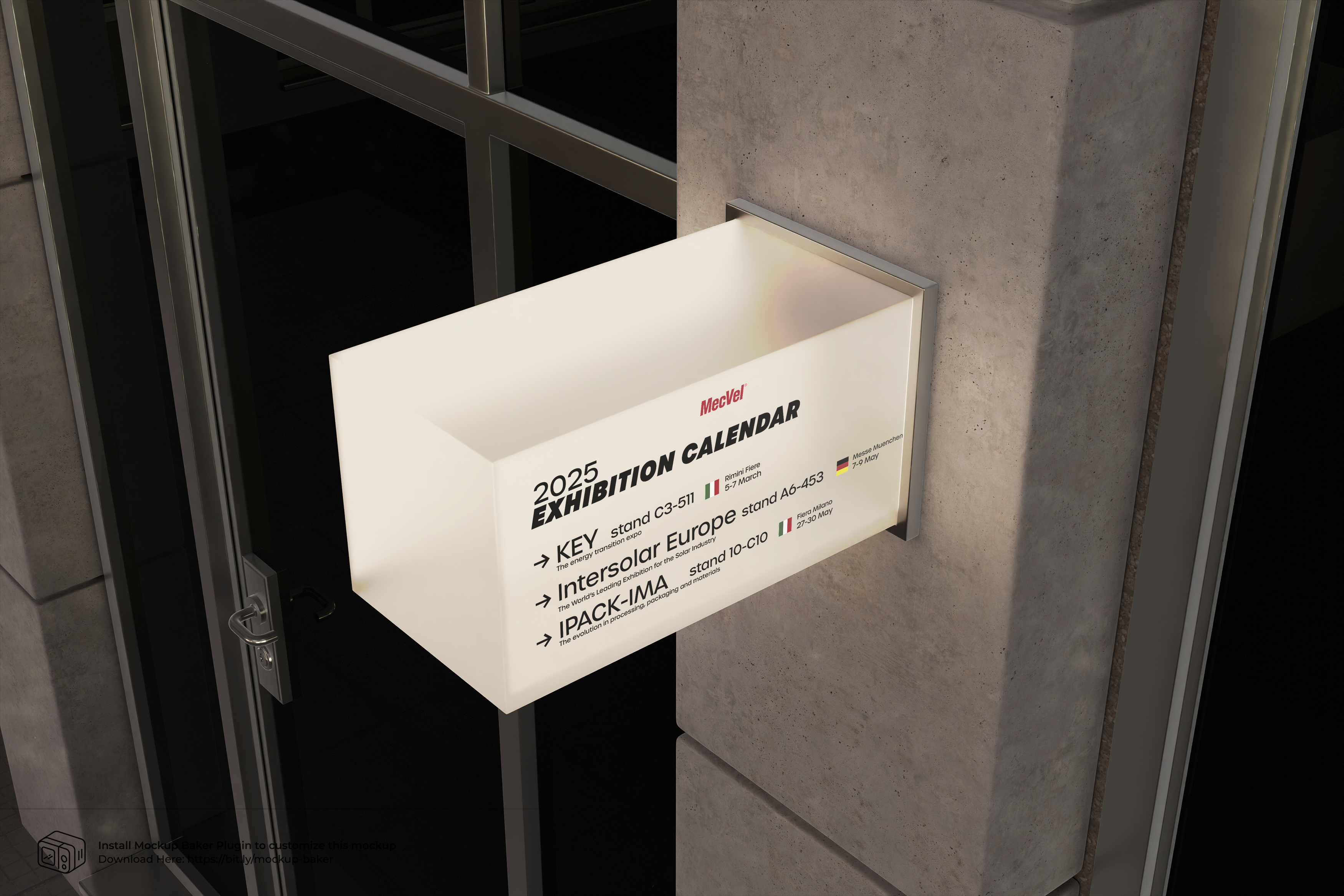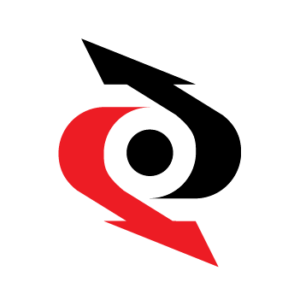MecVel at the service of renewable energies with a targeted technology
Advancing the trend of continuous growth of the renewable energies market and being aware of the importance of this industrial field from a “green” and eco-friendly point of view, MecVel has developed and constantly works on electric linear actuators fully matchable with the renewable energies world and automation required by these applications.
Specifically, the linear actuator is an electromechanical cylinder powered by an electric motor connected to a gearbox, which moves a series of gears and a push rod to transform the rotatory motion of the motor into a linear movement.
MecVel is in thelinear automation field since 1987and the experience gained has led the company to focus on the photovoltaic industry, analysing its criticalities, its requests, and its technical specifications, to understand how to satisfy them with a performing and tailored solution: this has been the starting point for creating HP5, the new MecVel product.
Solar trackers and linear motions



HP5 electric linear actuator has been designed for solar trackers, both single and dual axis,as these tracking systems offer the highest efficiency: single-axis solar trackers allow for an increase in terms of energy conversion up to 40% more than a fixed photovoltaic plant, while the highest increase (up to +50%) is provided by a dual axis system.
In a single-axis solar tracker the photovoltaic panel rotation is on one axis: on the vertical one, there is the so-called “roll movement”, and this allows the continuous photovoltaic panel orientation and the slow but constant “chasing” of the sun during the day, while on the horizontal one, there is the so-called “tilt movement” and the efficiency is influenced by seasons, that’s why this solution is well suited for countries with low latitudes.
Dual-axis solar trackers have two rotation axis perpendicular to each other, providing both kinds of movement: an electric linear actuator is applied to each rotation axis, so that the photovoltaic panel is always oriented towards the sun, keeping a 90° angle between its surface and beams, in order to maximize the tracking process.
Benefits of solar tracking systems
There isn’t linear automation in a fixed photovoltaic plant so to achieve a high level of efficiency huge spaces are required, in order to install as many photovoltaic panels as possible, while the maximum performance and the consequent energy conversion are provided only when sunbeams hit the photovoltaic panel surface perpendicularly: this happens in a single moment of the day, while the tracking system has the aim to constantly place itself to catch any sunbeam in the most effective way, from dawn to sunset.
One more added value of solar trackers, if compared to fixed photovoltaic plants, is that the environmental impact is reduced to zero: the shading is minimal and this leads to a lower use of the ground, as there are no permanently shaded areas, thanks to the continuous rotation of the photovoltaic panel, so that rain and sun can reach, at different times, the land below, which remains usable for example for agriculture, with no limits due to the presence of the solar tracker.
Furthermore, this technology is the best solution even if compared to systems using a slewing ring to move the photovoltaic panel: in this case, it is required to disassemble the whole photovoltaic panel to proceed with the slewing ring maintenance or repair, while using electric linear actuators the devices in charge for the photovoltaic panel rotation are outside from the main structure,easily identifiable and accessible.
This leads to a better organization of both maintenance and repair processes: the electric linear actuator configuration can be the same in case of roll or tilt motion, allowing to manage and keep in stock only one product code.
Pluses of HP5 electric linear actuator

Features distinguishing HP5 in the linear automation market at the service of the photovoltaic industry are various:
• A static axial force up to 45000 N: HP5 can keep the load of the whole photovoltaic panel if the solar tracker is in “rest” or safety position, that’s when the system detecting the wind speed places the photovoltaic panel horizontally due to too much wind (automation possible only with dual axis solar trackers)
• A dynamic force up to 15000 N even with long strokes (>> 500 mm), maintaining extremely low both speed and consumption (2 mm/s and 6 A)
• The steel cross gearbox allows to directly transfer the motion from the electric motor to the push rod, without any loss in terms of efficiency
• Reduced overall dimensions due to the DC motor parallel to the push rod
• The fixing through pins on the cover tube makes HP5 versatile and easy to fit into the main structure, also thanks to an electric system with simple connections, getting a fast and “clean” installation
Keywords: reliability, resistance, precision
Electric linear actuator performances are as better as targeted on a specific function or application, and that’s why in the development phase of HP5, MecVel has been focused on how to make it flexible but strong at the same time, as well as high performing,offering to solar trackers linear motions able to always provide feedback on the reached position, keep an optimal inclination and be long-lasting.
Moreover, the customization service the company makes available to its customers allows it to configure each product to meet the technical specifications and needs of the single application, for example, according to the kind of solar park, the electric linear actuator mounting position, the climatic conditions, replying through specific setups to any request, for effective and efficient automation.
Contact us or watch the video below for further information.








